4857 items
4857 items
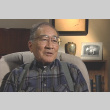
vh
Harvey Watanabe Interview (ddr-densho-1000-102)
Nisei male. Born February 7, 1919, in Exeter, California. Spent prewar childhood in Visalia, California. Drafted prior to World War II. Served in an activated National Guard unit at Fort Lewis, Washington. When World War II broke out, he and all the other Nisei servicemen at Fort Lewis were sent inland. About twenty, Harvey included, went …
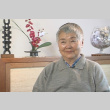
vh
Shigeko Sese Uno Interview (ddr-densho-1000-98)
Nisei female born April 6, 1915, in Seattle, Washington's International District. At an early age became active in the Japanese Baptist Church. Parents owned and operated a dairy plant called White River Dairy. Was a student at the Baptist Missionary Training School in Chicago, Illinois. Took a group of young women on an eye-opening trip to …
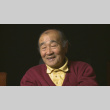
vh
Charles Oihe Hamasaki Interview (ddr-densho-1000-274)
Nisei male. Born October 7, 1922, in Japan, while parents were visiting family. Came to the U.S. at three months old, and grew up in Terminal Island, California. After the bombing of Pearl Harbor, picked up along with Issei father and taken to Fort Lincoln (Bismarck), North Dakota. Transferred from Fort Lincoln to the Santa Anita …

img
Soldier and mother (ddr-densho-151-45)
Original WRA caption: Florin, Sacramento County, California. A soldier and his mother in a strawberry field. The soldier, age 23, volunteered July 10, 1941, and is stationed at Camp Leonard Wood, Missouri. He was furloughed to help his mother and family prepare for their evacuation. He is youngest of six years children, two of them volunteers …

Narrator Aya Uenishi Medrud
Nisei female. Born April 9, 1925, in Malden, Washington. Grew up in Seattle, Washington, before being removed with family to the Puyallup Assembly Center, Washington, and the Minidoka concentration camp, Idaho. From Minidoka, relocated with family to Utica, New York. Worked in Japan for the U.S. Army of Occupation, and for the Tokyo General Army Hospital …

Narrator Charles Oihe Hamasaki
Nisei male. Born October 7, 1922, in Japan, while parents were visiting family. Came to the U.S. at three months old, and grew up in Terminal Island, California. After the bombing of Pearl Harbor, picked up along with Issei father and taken to Fort Lincoln (Bismarck), North Dakota. Transferred from Fort Lincoln to the Santa Anita …

Narrator Kiwamu "Kiyo" Tsuchida
Nisei male. Born February 2, 1923, in Auburn, Washington. Grew up in Auburn, where father worked for the Great Northern Railroad and the family also ran a farm. During World War II, removed to the Pinedale Assembly Center and Tule Lake concentration camp, Oregon. Family then transferred to the Topaz concentration camp, Utah. Kiwamu left camp …

Narrator Giro Nakagawa
Nisei male. Born March 13, 1921, in Seattle, Washington. Grew up in Kent, Washington, where parents ran a farm. In the 1930s, moved to South Bend, Washington, to work for the New Washington Oyster Company. During World War II, removed to the Pinedale Assembly Center, California, and soon left to work on farms in Utah for …

Narrator Fumino Tsuchiya-Knox
Sansei female. Born February 20, 1945, at the Manzanar concentration camp, California. Prior to the war, her father, an Issei, was a curator at the Harding Museum in Chicago. After the bombing of Pearl Harbor, her parents decided to volunteer to go early to Manzanar to help set up the camp. After leaving Manzanar, the family …

Narrator Chizuko Norton
Nisei female. Born July 3, 1924, in Seattle, Washington. Spent prewar childhood in Japan; Bellevue, Washington; and Kirkland, Washington. Incarcerated at Pinedale Assembly Center, California, and Tule Lake concentration camp, California. Returned to Seattle after the war, obtained master's degree from the University of Washington in the field of social work. Founded Seattle's first alternative school …

Narrator Shosuke Sasaki
Issei male. Born March 26, 1912, in Yamaguchi-ken, Japan. Immigrated to United States in 1919. Lived in Pomeroy, Washington, and Seattle, Washington, before World War II. Incarcerated at the Puyallup Assembly Center, Washington and the Minidoka concentration camp, Idaho. Resettled in New York. As a member of the Newspaper Guild, led effort to eliminate pejorative use …

Narrator James Yamazaki
Nisei male. Born July 6, 1916. Grew up in the Los Angeles area, where father was a Buddhist minister. Attended medical school before World War II. During the war, served in the U.S. Army as a doctor with the 106th Infantry Division in Europe. Captured during the Battle of the Bulge and was held in several …

Narrator Yoshimi Matsuura
Nisei male. Born May 3, 1918, in Fowler, California. Grew up in Fowler, eventually running family's farm prior to World War II. After the bombing of Pearl Harbor, married and was removed to the Gila River concentration camp, Arizona. Left camp for Minneapolis, Minnesota, to join the National Youth Administration (NYA) for training. Upon arrival, was …

Narrator Kaz T. Tanemura
Male, Issei-han. Born April 27, 1928, in Japan. As an infant, came to the U.S. where parents had previously immigrated. Family ran a hotel in Seattle's Pioneer Square neighborhood. After the bombing of Pearl Harbor, removed to the Puyallup Assembly Center, Washington, and the Minidoka concentration camp, Idaho. After the war, returned to Seattle, finished high …

Narrator Frank H. Hirata
Kibei-Nisei male. Born November 19, 1925, in Spokane, Washington. At the age of ten, went to Japan with grandfather. During World War II, was conscripted into the Japanese army, and was still in training when the war ended. After the war, continued education, graduating from Kyoto University with a law degree. Got married in 1957 and …

Narrator Yukio Kawaratani
Nisei male. Born May 30, 1031, in San Juan Capistrano, California. Grew up in various places in California. During World War II, was removed with family to the Poston concentration camp, Arizona. While in Poston, family signed "no-no" on the so-called "loyalty questionnaire" and was transferred to Tule Lake. Father and two older brothers renounced their …

Narrator Warren Koichi Suzuki
Nisei male. Born February 27, 1921, in Seattle, Washington. At age ten, was sent to Japan to live and attend school. Returned to Seattle prior to World War II. During the war, was removed to the Puyallup Assembly Center, Washington, and the Minidoka concentration camp, Idaho. Answered "no-no" on the so-called "loyalty questionnaire" and was transferred …

Narrator Mike Murase
Sansei male. Born January 25, 1947, in Tsuyama, Okayama, Japan. Moved to the U.S. with family at age nine and grew up in Los Angeles, California. Graduated from UCLA and was involved in a number of civil rights movements and organizations. One of the founders of Gidra, the groundbreaking Asian American publication. Worked for both of …

Narrator Hiroshi Uyehara
Nisei male. Born January 1, 1916, in Oakland, California. Grew up in the Los Angeles area where father started a fish cake factory. Attended UCLA and UC Berkeley and then worked as an electrical draftsman for the Department of Water and Power for the City of Los Angeles. After Japan bombed Pearl Harbor on December 7, …
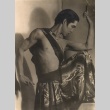
img
Yeichi Nimura posing in costume (ddr-njpa-4-1404)
Caption on reverse [translation]: "Yeichi Nimura photo - Iris - Paris." Caption on reverse: "Today the dancers of the world can be counted on the fingers of one hand, and Nimura is one of them. He was born in Japan and educated in the United States, where he first achieved fame and where he originated his …
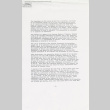
doc
Federal Bureau of Investigation Case file for Keizaburo Koyama. Page 2 of 4. (ddr-one-5-170)
Photocopy of a declassified file on Keizaburo Koyama by the Federal Bureau of Investigation. This page goes into greater detail the reasoning for interning Koyama. The FBI has labeled the Fatherland Society as "one of the most aggressive and active of the Japanese nationalist organizations...It's members are selected by reason of their intense loyalty and belief …
![Letter from Makoto Okine to Mr. S. Okine, September 24, 1945 [in Japanese] (ddr-csujad-5-109)](https://ddr.densho.org/media/cache/59/b2/59b24f9093990e1bb2c4c280f571d9bf.jpg)
doc
Letter from Makoto Okine to Mr. S. Okine, September 24, 1945 [in Japanese] (ddr-csujad-5-109)
A letter from Makoto Okine who is probably stationed in Italy as a U.S. military soldier to his father, Seiichi Okine in the Rohwer incarceration camp, Arkansas. He describes his vacation, staying in a hotel and eating at a restaurant. He states that he has not had a chance to sleep in a bed with sheets …
![Letter from Ayame and Masao Okine to Mr. and Mrs. Okine, October 18, 1946 [in Japanese] (ddr-csujad-5-172)](https://ddr.densho.org/media/cache/96/b6/96b6285aa569f7c7557fcd110d12cc8d.jpg)
doc
Letter from Ayame and Masao Okine to Mr. and Mrs. Okine, October 18, 1946 [in Japanese] (ddr-csujad-5-172)
A letter from Masao and Ayame Okine to their parents, Seiichi and Tomeyo Okine. Masao reports to his parents about his arrival to Chicago after his discharge from the U.S. Army, serving as a Nisei solder in Japan. He describes his life in Chicago, such as buying a car and driving to New York to see …
![Letter from Makoto Okine to Mr. S. Okine, January 15, 1946 [in Japanese] (ddr-csujad-5-123)](https://ddr.densho.org/media/cache/11/1a/111abb69f9ce67c1d8c1be9231e3c1b5.jpg)
doc
Letter from Makoto Okine to Mr. S. Okine, January 15, 1946 [in Japanese] (ddr-csujad-5-123)
A letter from Makoto Okine to his father, Seiichi Okine in Hawthorne, California. This letter is probably written in Italy where Makoto is stationed as a U.S. Army soldier and mailed via New York by the U.S. Army Postal Service. He regrets not being able to write to his father for a long time because he …

doc
Minidoka Irrigator Vol. III No. 22 (July 24, 1943) (ddr-densho-119-49)
Selected article titles: "WRA Says Hunt Cannot be Used to House Prisoners" (p. 1), "Governor Requests Use of Hunt for War Prisoners" (p. 1), "Illinois Town Welcomes First Japanese Family" (p. 1), "WRA Picks Tule Lake As Segregation Center. Segregation Procedures Announced" (p. 1), "Army Calls Seven More Volunteers" (p. 1), "Senate Committee Recommends Nisei Subject …
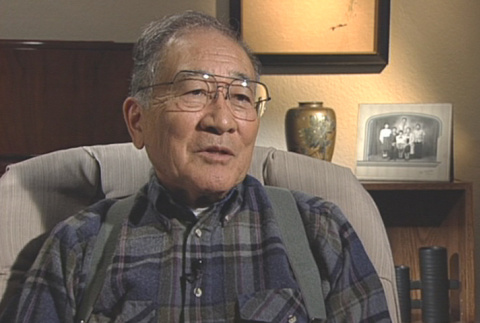
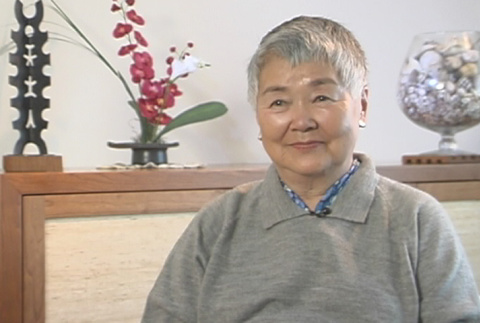


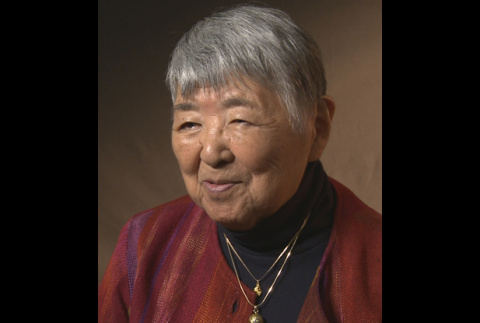


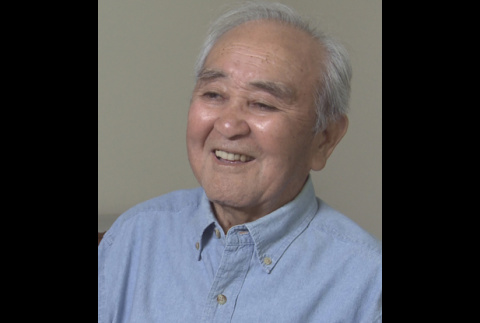
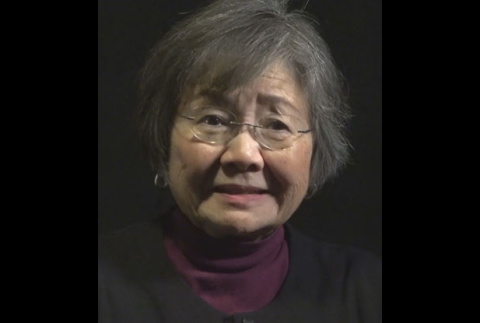

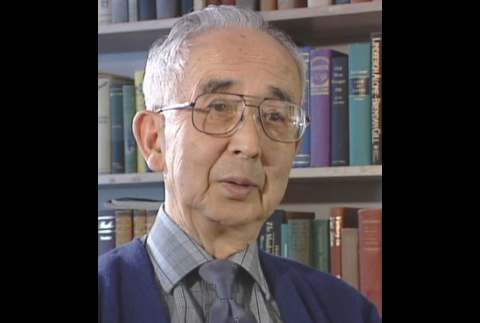
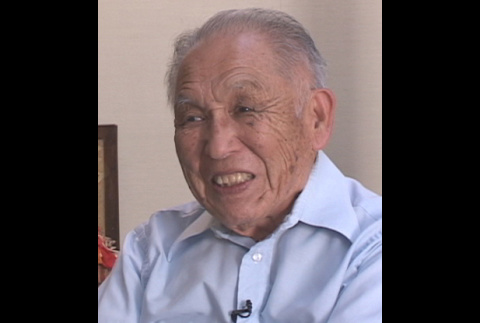
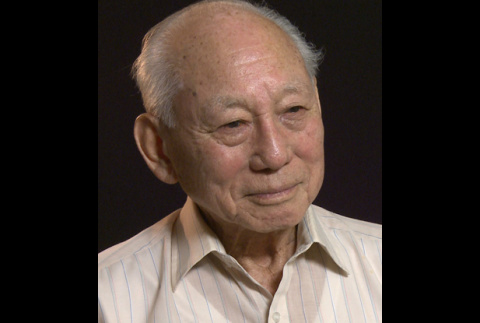


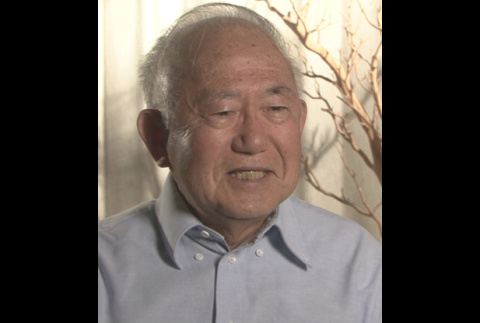

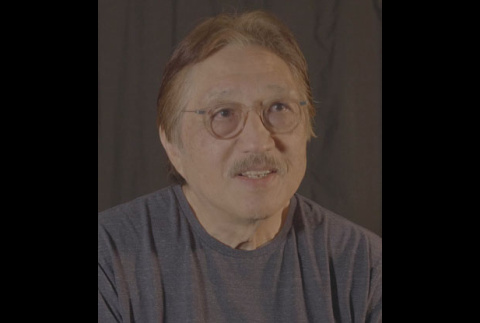
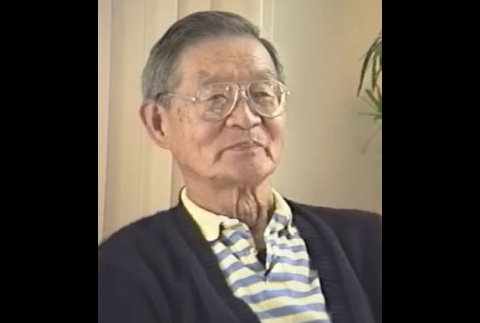
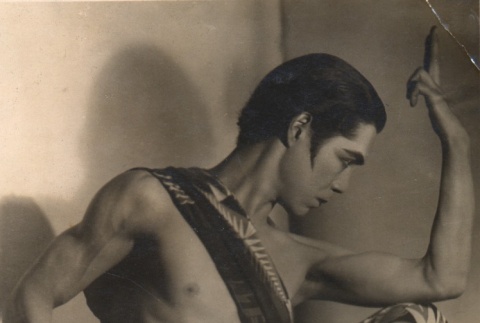
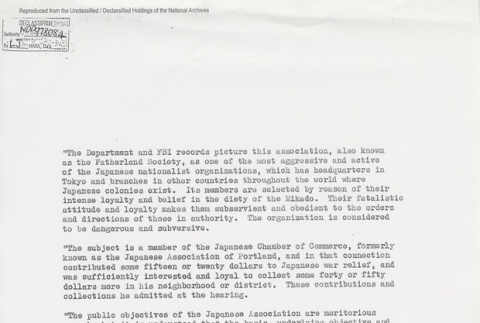
![Letter from Makoto Okine to Mr. S. Okine, September 24, 1945 [in Japanese] (ddr-csujad-5-109)](https://ddr.densho.org/media/cache/ef/69/ef69ebd0d80826414a4cb1c72e26334d.jpg)
![Letter from Ayame and Masao Okine to Mr. and Mrs. Okine, October 18, 1946 [in Japanese] (ddr-csujad-5-172)](https://ddr.densho.org/media/cache/1d/5a/1d5a71b8d10d8774e2217d6f2a48ac9b.jpg)
![Letter from Makoto Okine to Mr. S. Okine, January 15, 1946 [in Japanese] (ddr-csujad-5-123)](https://ddr.densho.org/media/cache/0c/72/0c72f4f003ae26b9a09baaae55304906.jpg)
